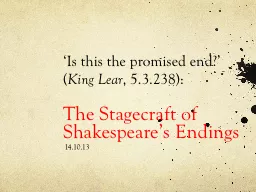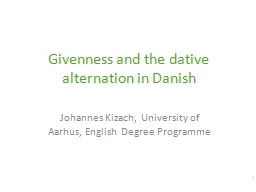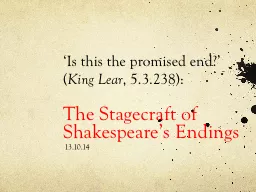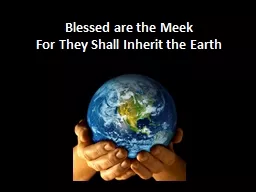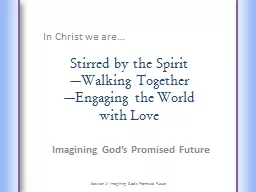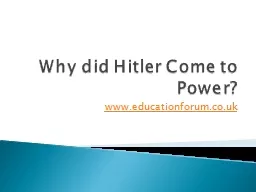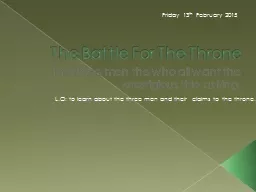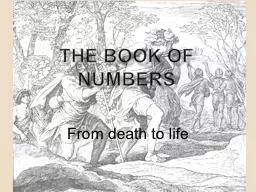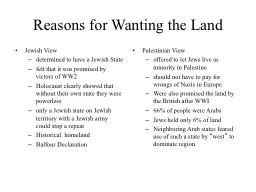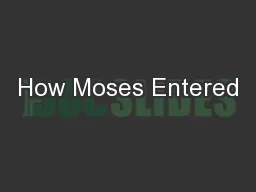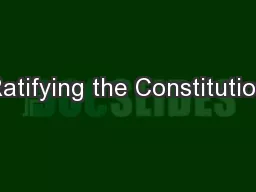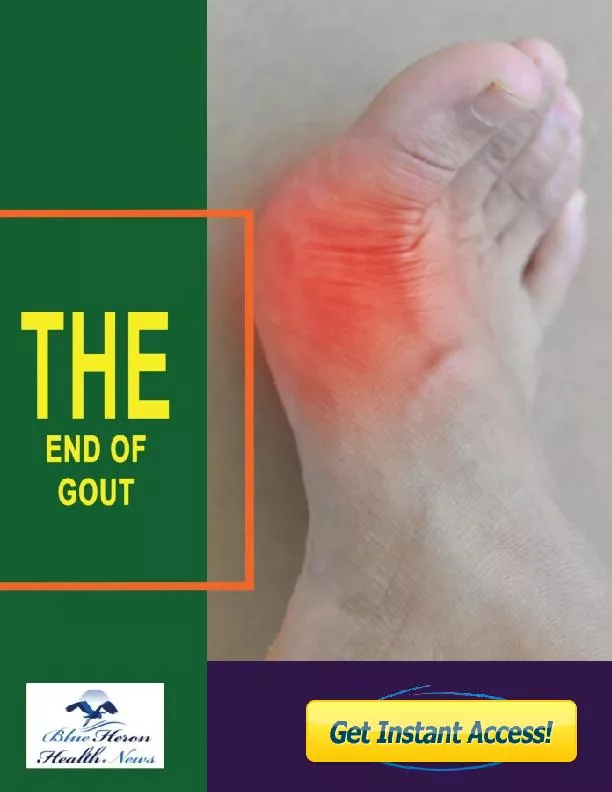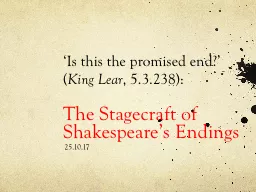PPT-‘Is this the promised end?’
Author : myesha-ticknor | Published Date : 2016-06-14
King Lear 53238 The Stagecraft of Shakespeares Endings 141013 Prologue Hamlet gets jiggy Why let the stricken deer go weep The hart ungalled play For some
Presentation Embed Code
Download Presentation
Download Presentation The PPT/PDF document "‘Is this the promised end?’" is the property of its rightful owner. Permission is granted to download and print the materials on this website for personal, non-commercial use only, and to display it on your personal computer provided you do not modify the materials and that you retain all copyright notices contained in the materials. By downloading content from our website, you accept the terms of this agreement.
‘Is this the promised end?’: Transcript
Download Rules Of Document
"‘Is this the promised end?’"The content belongs to its owner. You may download and print it for personal use, without modification, and keep all copyright notices. By downloading, you agree to these terms.
Related Documents

